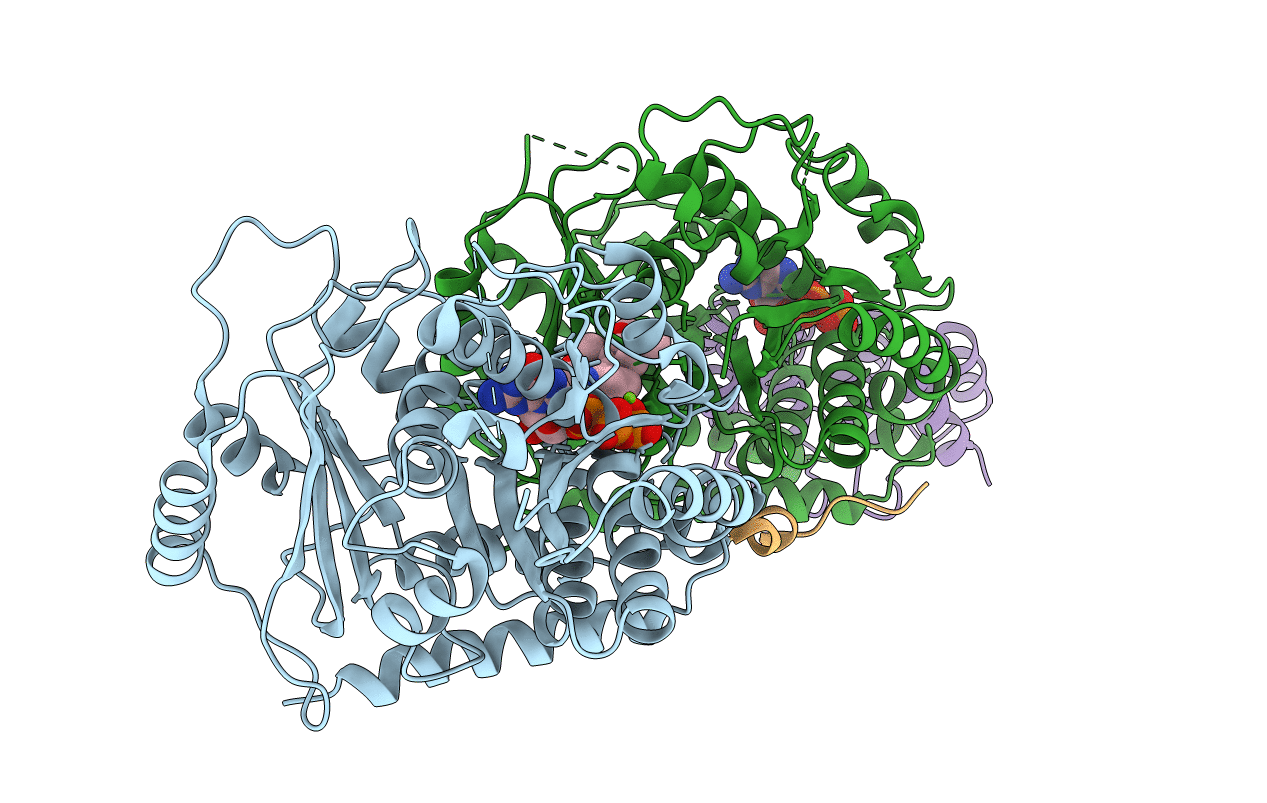
Deposition Date
2016-03-17
Release Date
2016-06-01
Last Version Date
2024-01-10
Entry Detail
PDB ID:
5ITZ
Keywords:
Title:
Crystal structure of the SAC domain of CPAP in a complex with Tubulin and Darpin
Biological Source:
Source Organism:
Homo sapiens (Taxon ID: 9606)
synthetic construct (Taxon ID: 32630)
Bos taurus (Taxon ID: 9913)
synthetic construct (Taxon ID: 32630)
Bos taurus (Taxon ID: 9913)
Host Organism:
Method Details:
Experimental Method:
Resolution:
2.20 Å
R-Value Free:
0.21
R-Value Work:
0.17
R-Value Observed:
0.17
Space Group:
P 1 21 1


